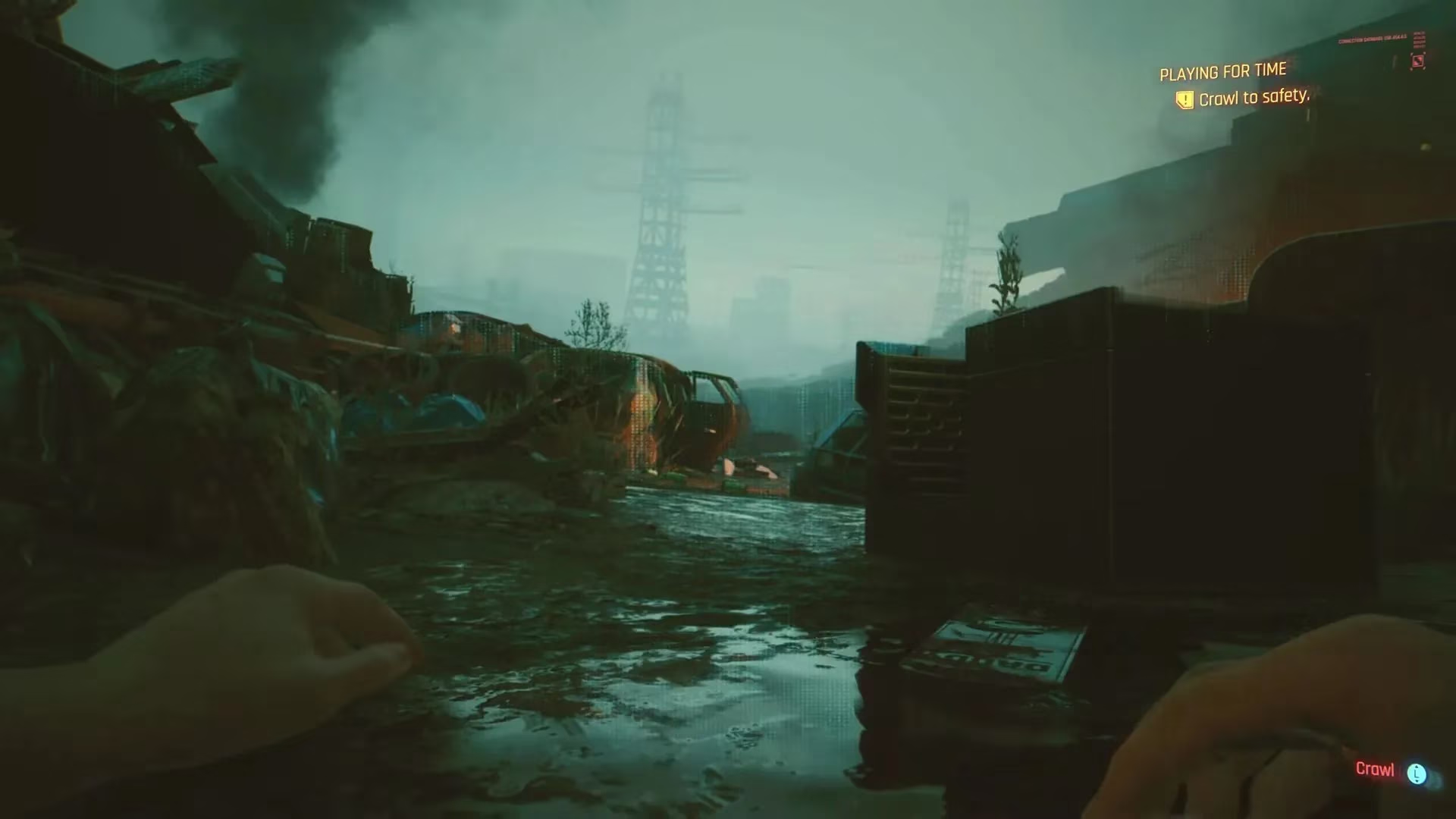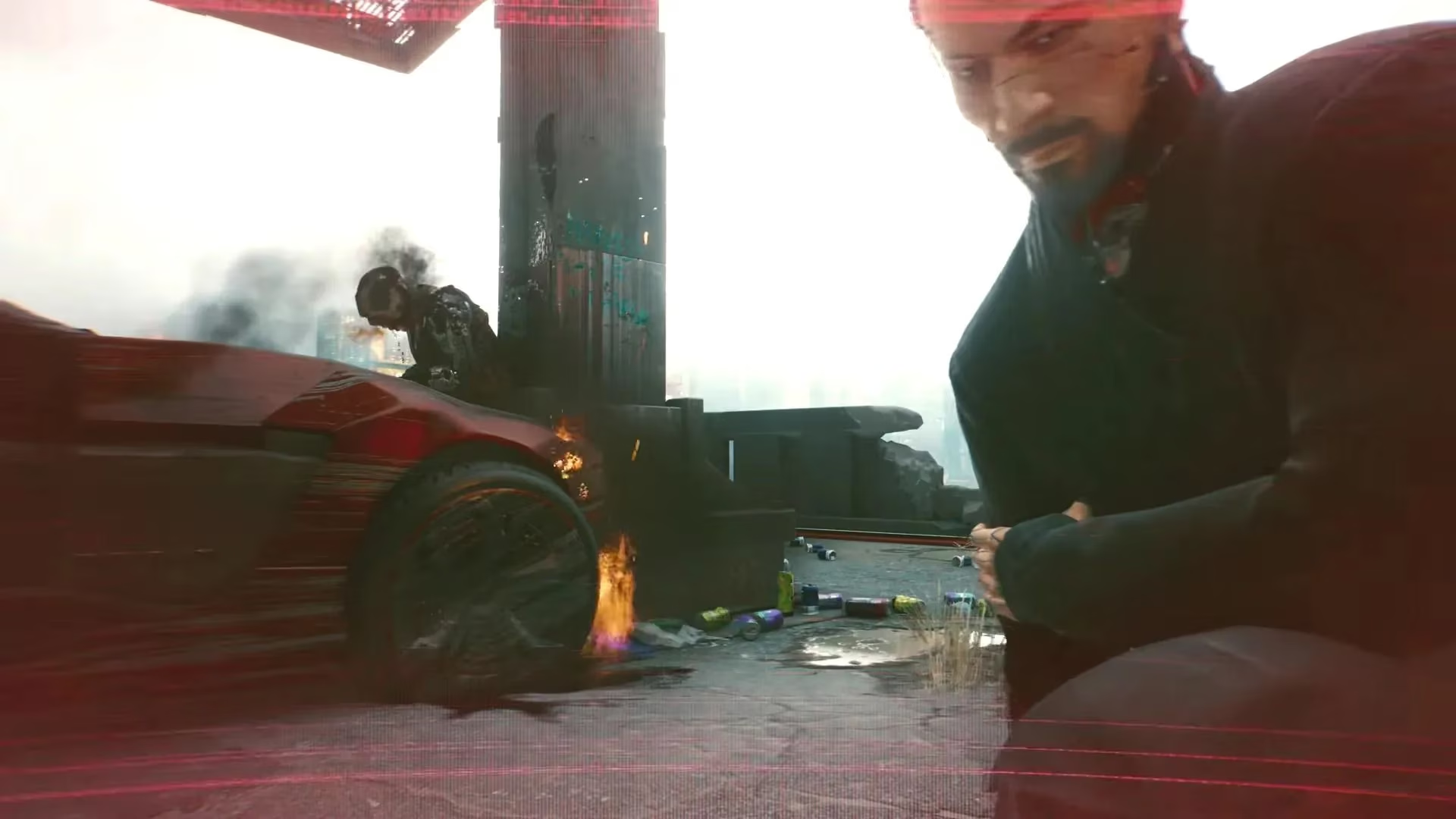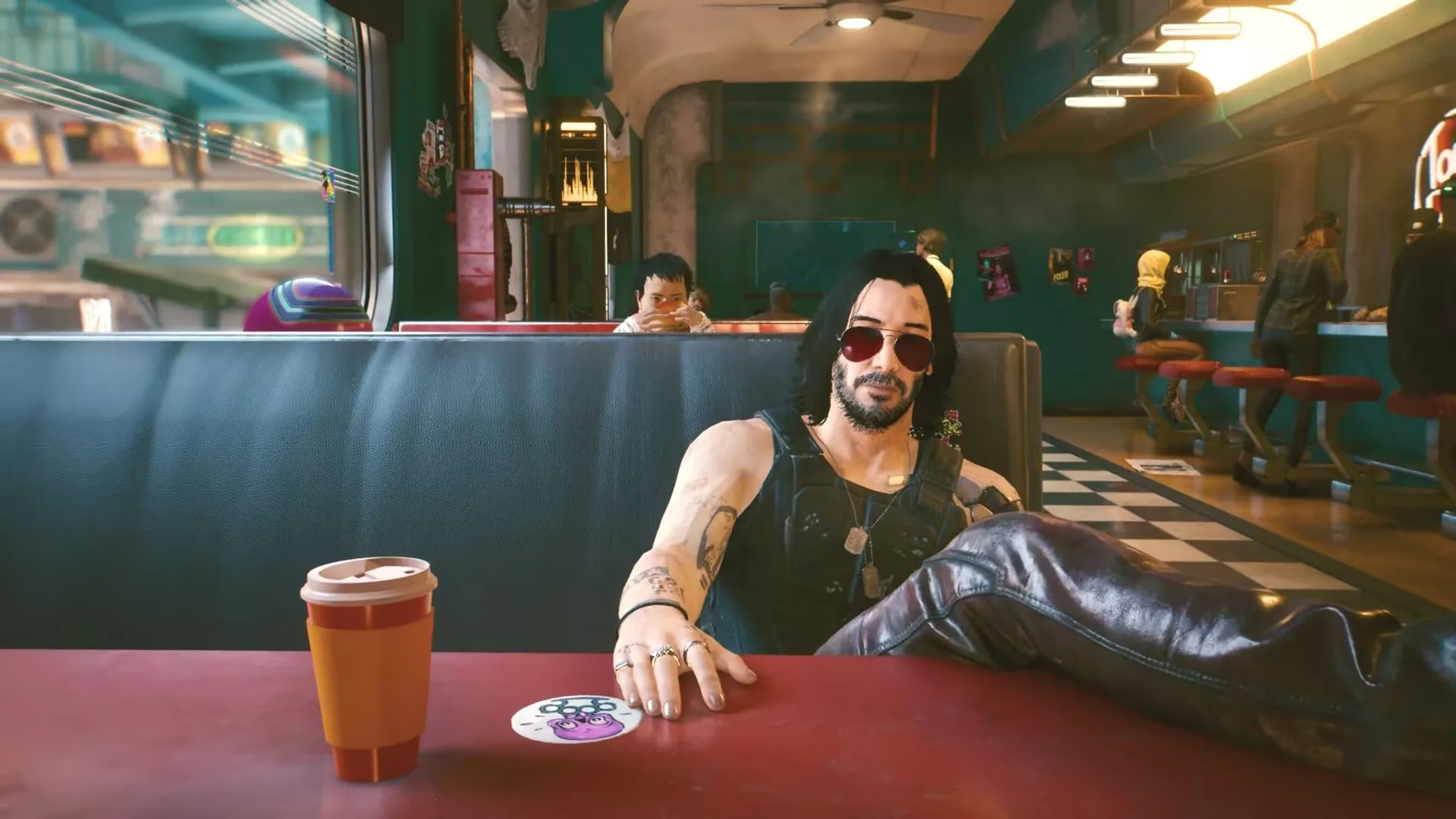Cyberpunk 2077 Playing for Time Quest Walkthrough Guide
Discover the intense 'Playing for Time' quest in Cyberpunk 2077, a pivotal, emotionally charged journey that reshapes Night City and V's destiny with gripping storytelling.
The Playing for Time quest marks a critical turning point in Cyberpunk 2077, serving as the gateway to Act Two after the explosive events of the prologue. This narrative-heavy mission propels V into a desperate fight for survival while introducing pivotal characters and setting the stage for the game's central conflict. As players awaken in a municipal landfill, injured and disoriented, they begin a chain of events that reshapes Night City's power dynamics and V's own fate. With Johnny Silverhand's consciousness now embedded in their mind, every decision carries weight. The quest's cinematic approach prioritizes storytelling over complex mechanics, making it accessible yet emotionally charged for players of all skill levels.

V's journey begins buried under debris at the Municipal Landfill, symbolizing rebirth after the disastrous heist. Unable to walk, players must crawl through trash piles toward faint voices in the distance. This claustrophobic sequence establishes V's vulnerability—a stark contrast to earlier confidence. Two figures approach: the ill-fated fixer Dexter DeShawn and stoic corpo agent Takemura. In a brutal twist, Takemura executes Dexter mid-conversation before knocking V unconscious. This shocking violence underscores Night City's ruthless hierarchy.
People Also Ask: Can you save Dexter during this quest?
No, Dexter's death is scripted and unavoidable, serving as narrative punctuation for V's failed gig.
The next phase unfolds in a high-octane highway chase. Takemura revives V with an Airhypo stimulant just as motorcycle assassins swarm their vehicle. Players neutralize threats using car-mounted weapons in a sequence demanding quick reflexes. When one assailant leaps onto the car roof, a catastrophic collision ensues—crushing the attacker against a barrier. Critically injured, V must call Delamain for emergency extraction while fighting unconsciousness. This segment masterfully balances action with emotional stakes, forcing players to multitask under pressure.

Key mechanics during chase:
Use vehicle weapons to destroy motorcycles
QTE prompts during roof attack sequence
Dialogue choice urgency when calling Delamain
People Also Ask: What happens if you don't call Delamain?
The story progresses regardless, but delaying the call intensifies Johnny's interference with V's motor functions.
Medical recovery at Viktor's clinic introduces layered character dynamics. Between blackouts, players witness conversations between Vik, Takemura, and Delamain—each revealing motives and worldbuilding details. After diagnosis, Misty escorts V home with suppressant pills to manage Johnny's encroaching consciousness. The apartment sequence features haunting dream interactions where Johnny manipulates the Relic biochip. Players must choose between blue (suppress Johnny) or orange (engage Johnny) pills during hallucinations, foreshadowing later narrative branches.
Notable post-clinic developments:
| Step | Action | Consequence |
|---|---|---|
| 1 | Take blue pill | Temporarily silences Johnny's influence |
| 2 | Sleep triggers | Two scripted Johnny encounters |
| 3 | Takemura's call | Unlocks Tom's Diner meeting |

The quest culminates at Tom's Diner where V and Takemura forge an uneasy alliance against Yorinobu Arasaka. This dialogue-heavy scene establishes core Act Two objectives while revealing corporate conspiracy layers. The meeting directly unlocks the Automatic Love and Ghost Town main jobs, setting V on the path toward six possible endings. Players should note dialogue choices here subtly impact later interactions with Takemura during the Hanako Arasaka storyline.
People Also Ask: Does this quest affect romance options?
Indirectly—completing it progresses storylines necessary for unlocking romance quest chains with Judy, Panam, Kerry or River.
Ultimately, Playing for Time serves as Cyberpunk 2077's narrative keystone, transitioning players from street-level drama to city-shaking conspiracies. Its emphasis on consequence over combat—from Dexter's abrupt end to Johnny's persistent presence—reinforces the game's core themes of mortality and legacy. While linear compared to later missions, it provides essential emotional grounding for V's transformation. Given the quest's focus on uneasy alliances and biological decay, how did players reconcile trusting Takemura—a corporate enabler—with their own survival instincts?